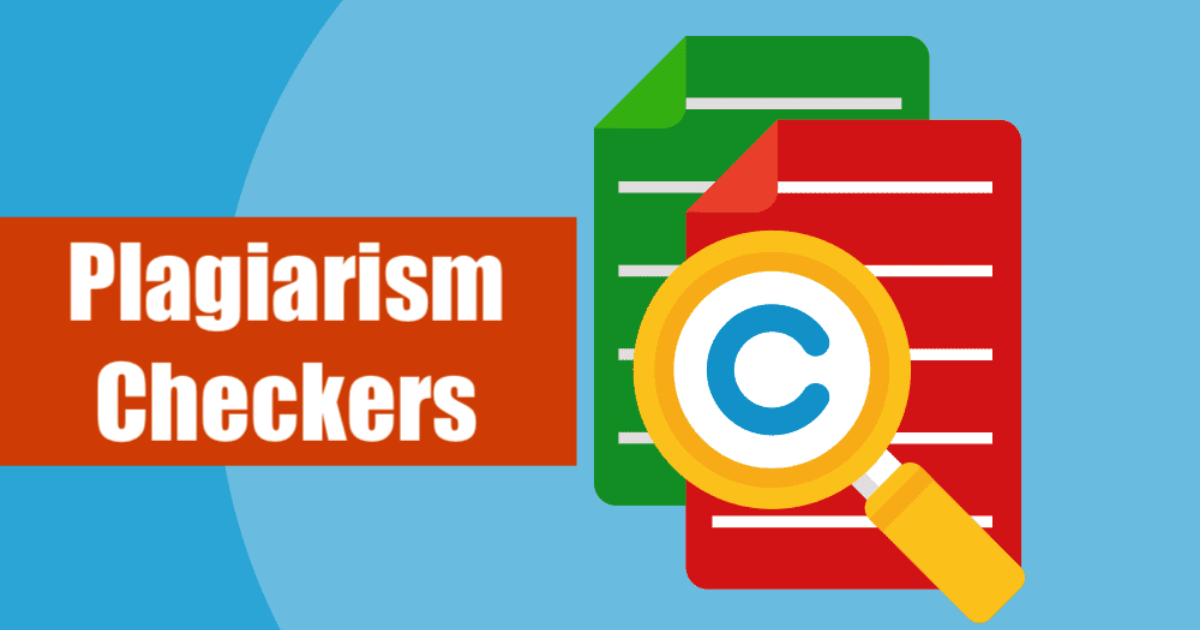The Ultimate Guide to Plagiarism Checkers: Ensuring Originality in Your Writing
Importance of originality in writing cannot be overstated. Whether you’re a student, a teacher, a blogger, or a professional writer, ensuring that your content is unique is crucial. This is where a plagiarism checker comes into play. In this guide, we’ll explore what plagiarism checkers are, how they work, and why you should use one.
What is a Plagiarism Checker?
A plagiarism checker is a tool that scans your text for any instances of copied content, helping you identify potential plagiarism. These tools compare your writing against a vast database of web pages, academic papers, and other documents to ensure that your work is original.
Why Use a Plagiarism Checker?
- Maintain Academic Integrity: For students and educators, using a plagiarism checker is essential in upholding academic standards. Submitting original work is crucial for achieving good grades and maintaining credibility.
- Protect Your Reputation: For professionals, especially in content creation, a single instance of plagiarism can tarnish your reputation. Using a plagiarism checker helps safeguard your integrity and professional image.
- Improve Writing Skills: Plagiarism checkers not only highlight copied content but also provide insights into your writing style. By reviewing these suggestions, you can learn to paraphrase effectively and develop a unique voice.
- Avoid Legal Issues: Copyright infringement can lead to serious legal consequences. By ensuring your work is original, you reduce the risk of facing legal challenges related to copyright violations.
How Does a Plagiarism Checker Work?
Plagiarism checkers use advanced algorithms and vast databases to detect similarities between your text and existing content. Here’s how the process typically works:
- Text Submission: You input your text into the plagiarism checker. Many tools allow you to upload documents or paste your content directly.
- Scanning and Comparison: The checker scans your text, comparing it to its database of resources. It looks for matches in phrasing, structure, and overall content.
- Report Generation: Once the scan is complete, the tool generates a report highlighting any similarities, along with links to the original sources.
Popular Plagiarism Checkers
There are numerous plagiarism checkers available, each with its own unique features. Here are some of the most popular options:
- Turnitin: Widely used in educational institutions, Turnitin is known for its comprehensive database and in-depth reporting capabilities.
- Grammarly: Beyond grammar checking, Grammarly offers a plagiarism detection feature that scans your writing against billions of web pages.
- Copyscape: A favorite among web content creators, Copyscape checks for duplicate content across the internet, making it ideal for bloggers and marketers.
- Quetext: This user-friendly tool provides a simple interface and detailed reports, making it perfect for students and casual users.
Best Practices for Using a Plagiarism Checker
To get the most out of your plagiarism checker, follow these best practices:
- Review the Report Thoroughly: Don’t just focus on the percentage of plagiarism. Take the time to review each highlighted section and understand the context.
- Paraphrase and Cite: If the checker identifies borrowed content, make sure to paraphrase or properly cite the source to maintain originality.
- Use Multiple Tools: Different plagiarism checkers may yield different results. Using multiple tools can provide a more comprehensive view of your content’s originality.
- Edit and Revise: After using a plagiarism checker, take the time to edit and revise your work. This not only improves originality but also enhances overall quality.
Conclusion
In a world where content is king, ensuring the originality of your writing is more important than ever. A plagiarism checker is an invaluable tool for anyone who values integrity in their work. By understanding what plagiarism checkers are, how they work, and incorporating them into your writing process, you can enhance your skills and maintain the credibility of your content.







One Comment